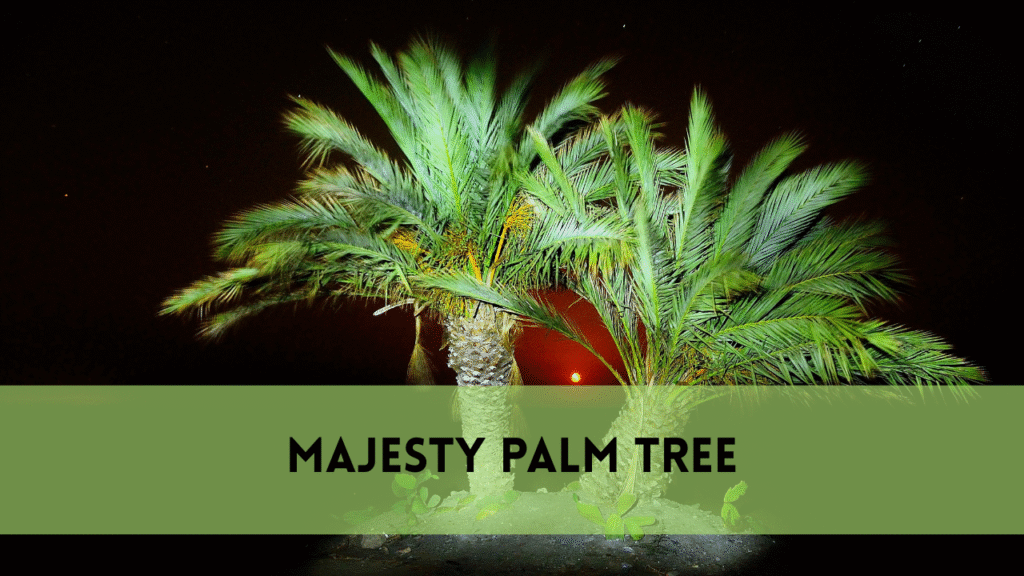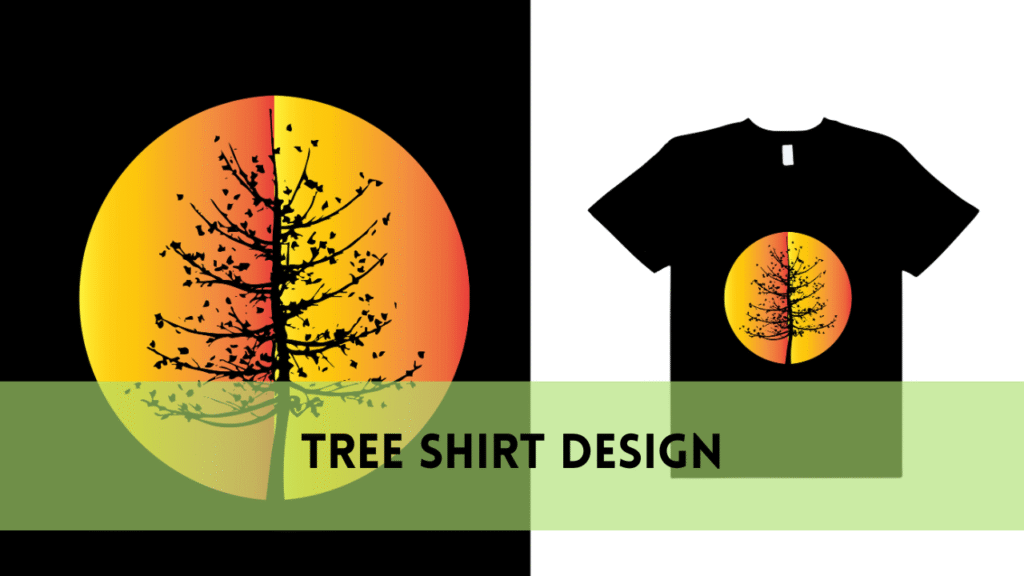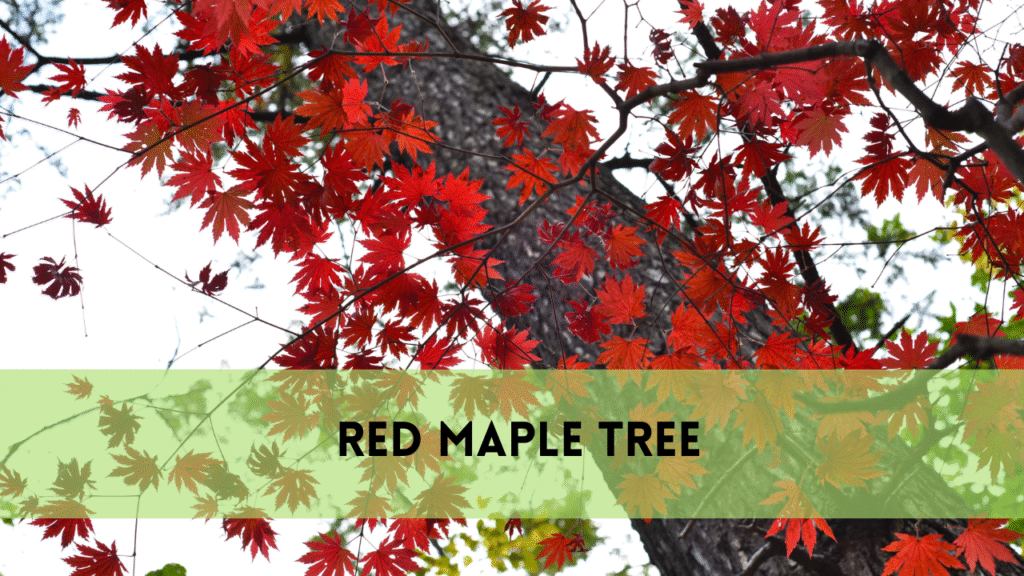Benefits of Trees in Urban Areas Houston
The benefits of trees in urban areas Houston are immense, transforming the cityscape in ways both visible and subtle. Imagine walking down a bustling street in Houston. The sun is blazing, but you find refuge under the sprawling canopy of an oak tree. That’s just one of the countless benefits of trees in urban areas Houston.
Enhancing Air Quality
Trees play a pivotal role in enhancing air quality. In Houston, where industrial activities are prominent, trees act as natural air purifiers. They absorb pollutants like carbon dioxide, sulfur dioxide, and nitrogen dioxide, releasing clean oxygen. This not only helps reduce the urban heat island effect but also promotes better respiratory health for residents.
Mitigating Urban Heat

Houston’s summers can be notoriously hot. Trees provide essential shade, cooling the environment. Studies have shown that shaded areas can be up to 20 degrees cooler than non-shaded areas. This cooling effect reduces the need for air conditioning, saving energy and lowering utility bills.
Supporting Mental Health
The benefits of trees in urban areas Houston extend to mental well-being.
Spending time around trees and green spaces can reduce stress, anxiety, and depression.
Imagine taking a break from your hectic schedule to stroll through a park filled with lush trees.
The tranquility and beauty of nature have a soothing effect on the mind.
Promoting Biodiversity
Urban trees are crucial for promoting biodiversity.
In Houston, they provide habitats for various birds, insects, and small mammals.
This biodiversity is essential for a balanced ecosystem, contributing to pest control and pollination.
The presence of diverse species makes urban areas more resilient to environmental changes.
Improving Aesthetics and Property Values
Trees significantly improve the aesthetics of urban areas.
Houston’s neighborhoods with tree-lined streets and parks are more attractive.
This beauty translates into higher property values.
Homes with well-maintained trees and landscapes can see an increase in value by up to 20%.
Enhancing Community Spaces
Trees create inviting community spaces.
Parks, playgrounds, and streets with ample tree cover become social hubs.
They encourage outdoor activities, fostering a sense of community.
Families, friends, and neighbors gather under the shade, making memories and strengthening social bonds.
Related Posts:
Reducing Stormwater Runoff
Houston experiences heavy rainfall and flooding.
Trees help mitigate these effects by reducing stormwater runoff.
Their root systems absorb water, preventing soil erosion and decreasing the risk of floods.
This natural water management is crucial for urban infrastructure.
Boosting Local Economy
The benefits of trees in urban areas Houston also include economic gains.
Green spaces attract tourists, enhancing local businesses.
Additionally, well-forested areas reduce healthcare costs by promoting healthier lifestyles and reducing pollution-related diseases.
Encouraging Physical Activity
Urban trees encourage physical activity.
In Houston, tree-lined paths and parks invite residents to walk, jog, and cycle.
Regular physical activity is essential for maintaining a healthy lifestyle and reducing the risk of chronic diseases.
Fostering Environmental Awareness
The presence of trees in urban areas fosters environmental awareness.
In Houston, educational programs and community initiatives often focus on the importance of trees.
These programs teach the younger generation about conservation and sustainability, creating a culture of environmental stewardship.
Providing Natural Sound Barriers
Trees act as natural sound barriers.
In a bustling city like Houston, noise pollution is a common issue.
Trees can absorb and deflect noise, creating quieter, more peaceful urban environments.
Offering Food and Resources
Many urban trees provide food and resources.
In Houston, fruit-bearing trees offer fresh produce to the community.
This can be a source of nutrition and a way to promote urban agriculture.
Supporting Climate Resilience
Trees enhance climate resilience.
In Houston, trees help buffer the effects of extreme weather conditions.
They sequester carbon, mitigating the impact of climate change.
Urban forests act as carbon sinks, absorbing more carbon dioxide than they release.
Strengthening Local Identity
Trees contribute to the local identity of Houston.
Certain tree species, like the live oak or the pecan, are emblematic of the region.
These trees become landmarks, adding to the cultural and historical fabric of the city.
Facilitating Educational Opportunities
Urban trees facilitate educational opportunities.
In Houston, schools and universities use green spaces for environmental education.
Students learn about ecology, biology, and sustainability firsthand, fostering a connection with nature.
Reducing Crime Rates
Studies have shown that green spaces and trees can reduce crime rates.
In Houston, well-maintained tree-lined streets and parks can deter criminal activities.
The presence of trees creates a sense of ownership and pride in the community, promoting safety.
Promoting Sustainable Living
Trees promote sustainable living.
In Houston, initiatives to plant and maintain trees are part of broader sustainability efforts.
These efforts include recycling, water conservation, and energy efficiency, creating a more sustainable urban environment.
Encouraging Social Equity
Trees play a role in encouraging social equity.
In Houston, equitable access to green spaces ensures that all communities, regardless of socioeconomic status, can enjoy the benefits of trees.
This inclusivity is vital for fostering a healthy, cohesive society.
Providing Shade for Urban Infrastructure
Trees provide shade for urban infrastructure.
In Houston, shaded streets, sidewalks, and buildings experience less wear and tear from the sun.
This prolongs the life of infrastructure, reducing maintenance costs and enhancing urban resilience.
Enhancing Recreational Opportunities
Trees enhance recreational opportunities.
In Houston, parks and green spaces offer venues for sports, picnics, and relaxation.
These activities improve quality of life and provide a natural escape from the urban hustle and bustle.
Supporting Wildlife Corridors
Urban trees support wildlife corridors.
In Houston, trees connect fragmented habitats, allowing wildlife to move safely through urban areas.
This connectivity is crucial for maintaining healthy animal populations and promoting biodiversity.
Inspiring Community Involvement
The presence of trees inspires community involvement.
In Houston, tree-planting initiatives and conservation programs engage residents.
These activities foster a sense of responsibility and pride, encouraging active participation in urban greening efforts.
Enhancing Air Quality Monitoring
Trees enhance air quality monitoring.
In Houston, trees can be part of citizen science projects where residents monitor air quality.
This data helps track pollution levels and implement effective environmental policies.
Supporting Local Arts and Culture
Trees support local arts and culture.
In Houston, artists and cultural events often use green spaces as venues.
Trees provide a natural backdrop for performances, festivals, and art installations, enriching the cultural landscape.
Facilitating Urban Farming
Urban farming is facilitated by trees.
In Houston, community gardens and urban farms often incorporate trees.
These trees provide shade, improve soil quality, and offer produce, supporting local food systems.
Reducing Energy Consumption
Trees reduce energy consumption.
In Houston, strategically planted trees shade buildings, lowering cooling costs in summer and insulating against cold in winter.
This energy efficiency reduces greenhouse gas emissions and promotes sustainability.
Promoting Healthier Lifestyles
Trees promote healthier lifestyles.
In Houston, access to green spaces encourages residents to spend time outdoors.
This exposure to nature boosts physical and mental health, contributing to overall well-being.
Strengthening Urban Infrastructure
Trees strengthen urban infrastructure.
In Houston, tree roots stabilize soil and prevent erosion.
This support is crucial for maintaining roads, sidewalks, and buildings, enhancing urban resilience.
Offering Natural Beauty
The natural beauty of trees enhances urban areas.
In Houston, tree-lined streets and parks provide scenic vistas.
This beauty attracts residents and visitors, contributing to the city’s charm and appeal.
Encouraging Green Innovation
Trees encourage green innovation.
In Houston, initiatives to integrate trees into urban planning inspire creative solutions for sustainability.
These innovations include green roofs, vertical gardens, and eco-friendly architecture.
Providing Carbon Sequestration
Trees provide carbon sequestration.
In Houston, urban forests capture and store carbon dioxide, reducing the city’s carbon footprint.
This process is essential for combating climate change and promoting environmental health.
Enhancing Public Health
Trees enhance public health.
In Houston, green spaces offer opportunities for exercise, relaxation, and socialization.
These activities improve physical and mental health, contributing to a healthier community.
Supporting Water Conservation
Trees support water conservation.
In Houston, trees help maintain the water cycle by absorbing and releasing water.
This natural regulation reduces the need for artificial irrigation and promotes sustainable water use.
Offering Educational Resources
Trees offer educational resources.
In Houston, green spaces serve as outdoor classrooms where students learn about ecology and conservation.
These hands-on experiences foster a deeper understanding and appreciation of nature.
Promoting Civic Pride
The benefits of trees in urban areas Houston include promoting civic pride.
Tree-lined streets and well-maintained parks enhance the city’s image.
Residents take pride in their community, fostering a sense of belonging and responsibility.
Encouraging Ecotourism
Trees encourage ecotourism.
In Houston, green spaces and urban forests attract tourists interested in nature and sustainability.
This tourism supports local businesses and raises awareness about environmental conservation.
Supporting Climate Adaptation
Trees support climate adaptation.
In Houston, trees help mitigate the impacts of extreme weather events.
Their presence reduces heat, manages stormwater, and enhances urban resilience to climate change.
Facilitating Wildlife Observation
Trees facilitate wildlife observation.
In Houston, urban forests and parks provide opportunities for birdwatching and nature study.
These activities promote environmental education and appreciation for local wildlife.
Providing Therapeutic Benefits
The therapeutic benefits of trees are well-documented.
In Houston, access to green spaces improves mental health and well-being.
Nature therapy programs utilize trees and forests to promote healing and reduce stress.
Enhancing Scenic Views
Trees enhance scenic views.
In Houston, tree-lined streets, parks, and greenways offer picturesque landscapes.
These views improve quality of life and contribute to the city’s aesthetic appeal.
Supporting Sustainable Development
Trees support sustainable development.
In Houston, urban planning integrates trees to create eco-friendly neighborhoods.
This approach promotes green building practices, energy efficiency, and sustainable living.
Providing Shelter for Wildlife
Trees provide shelter for wildlife.
In Houston, urban trees offer habitats for birds, insects, and small mammals.
This shelter is essential for maintaining biodiversity and ecological balance.
Enhancing Cultural Heritage
Trees enhance cultural heritage.
In Houston, historic trees and green spaces are part of the city’s identity.
These natural landmarks connect residents to their history and cultural roots.
Encouraging Community Gardening
Trees encourage community gardening.
In Houston, urban gardens often include trees that provide shade and improve soil quality.
These gardens promote local food production and community engagement.
Offering Natural Playgrounds
Trees offer natural playgrounds.
In Houston, parks with trees provide safe, imaginative play spaces for children.
These natural playgrounds encourage creativity, physical activity, and a connection to nature.
Supporting Environmental Education
Trees support environmental education.
In Houston, schools and community programs use trees to teach about ecology and sustainability.
These educational efforts foster a culture of conservation and environmental responsibility.
Promoting Urban Greening
The benefits of trees in urban areas Houston include promoting urban greening.
Tree-planting initiatives and green space development enhance the city’s environment.
These efforts improve air quality, reduce heat, and create beautiful, livable spaces.
Providing Economic Benefits
Trees provide economic benefits.
In Houston, green spaces attract businesses and residents, boosting the local economy.
Trees also increase property values and reduce healthcare costs, contributing to economic sustainability.
Enhancing Quality of Life
Trees enhance quality of life.
In Houston, access to green spaces improves physical and mental health.
The beauty, tranquility, and recreational opportunities offered by trees enrich the urban experience.
Supporting Ecosystem Services
Trees support ecosystem services.
In Houston, urban forests provide essential services like air and water purification, climate regulation, and habitat provision.
These services are crucial for maintaining a healthy, sustainable urban environment.
Encouraging Sustainable Transportation
Trees encourage sustainable transportation.
In Houston, tree-lined streets and greenways promote walking, cycling, and public transit.
These alternatives to car travel reduce traffic congestion, air pollution, and greenhouse gas emissions.
Offering Seasonal Beauty
Trees offer seasonal beauty.
In Houston, the changing colors of leaves and blossoms mark the passage of seasons.
This natural cycle adds variety and charm to the urban landscape, enhancing residents’ connection to nature.
Reducing Light Pollution
Trees reduce light pollution.
In Houston, urban trees block and diffuse artificial light, creating darker, more natural nightscapes.
This reduction in light pollution improves sleep quality and supports nocturnal wildlife.
Enhancing Urban Resilience
Trees enhance urban resilience.
In Houston, trees help cities adapt to and recover from environmental stressors.
Their presence mitigates heat, manages stormwater, and supports biodiversity, making urban areas more resilient.
Promoting Health Equity
Trees promote health equity.
In Houston, equitable access to green spaces ensures all residents benefit from the health and environmental advantages of trees.
This access is vital for reducing health disparities and promoting a fair, inclusive community.
Supporting Research and Innovation
Trees support research and innovation.
In Houston, urban forestry projects and environmental studies contribute to scientific knowledge.
These research efforts drive innovations in sustainability, conservation, and urban planning.
Offering Inspiration and Creativity
Trees offer inspiration and creativity.
In Houston, artists, writers, and musicians draw inspiration from the natural beauty of trees.
This creativity enriches the cultural fabric of the city, promoting artistic expression and appreciation.
Enhancing Spiritual and Cultural Practices
Trees enhance spiritual and cultural practices.
In Houston, trees are often integral to cultural rituals, ceremonies, and traditions.
These practices connect communities to nature and foster a sense of spiritual well-being.
Supporting Community Events
Trees support community events.
In Houston, parks and green spaces with trees provide venues for festivals, markets, and gatherings.
These events strengthen community bonds and create vibrant, lively neighborhoods.
Promoting Urban Forestry Careers
The benefits of trees in urban areas Houston include promoting urban forestry careers.
Tree-planting and maintenance initiatives create jobs and training opportunities.
These careers support sustainable urban development and environmental stewardship.
Enhancing Tourism Opportunities
Trees enhance tourism opportunities.
In Houston, green spaces and urban forests attract visitors interested in nature and outdoor activities.
This tourism supports local businesses and raises awareness about the city’s natural assets.
Providing a Sense of Place
Trees provide a sense of place.
In Houston, iconic trees and green spaces create landmarks that define the city’s character.
This sense of place fosters community pride and strengthens local identity.
Supporting Wildlife Conservation
Trees support wildlife conservation.
In Houston, urban forests provide habitats and corridors for wildlife.
These green spaces are essential for protecting endangered species and promoting biodiversity.
Encouraging Sustainable Practices
Trees encourage sustainable practices.
In Houston, community initiatives around tree planting and care promote broader environmental stewardship.
These practices include recycling, composting, and water conservation, creating a sustainable urban environment.
Enhancing Urban Planning
Trees enhance urban planning.
In Houston, integrating trees into city planning improves environmental quality and livability.
These efforts create green, sustainable neighborhoods that support residents’ well-being.
Providing Long-Term Benefits
Trees provide long-term benefits.
In Houston, the investment in urban forestry yields returns over decades.
These benefits include improved air and water quality, enhanced property values, and a healthier, more sustainable city.
Conclusion
The benefits of trees in urban areas in Houston are profound and multifaceted. From enhancing air quality and cooling the environment to supporting biodiversity and fostering community, trees are indispensable. They transform urban spaces, making Houston a more vibrant, sustainable, and livable city. Investing in urban forestry is investing in the future of Houston, ensuring that the city thrives for generations to come.




